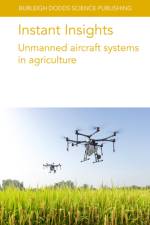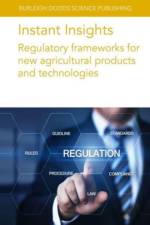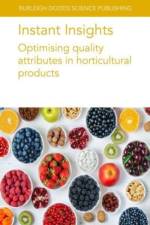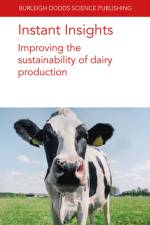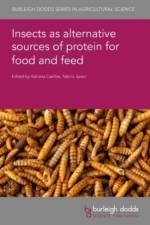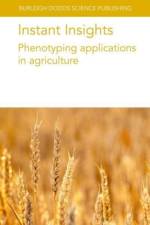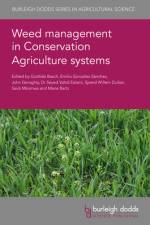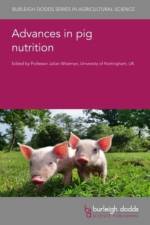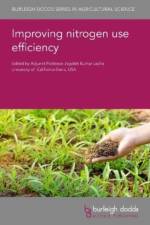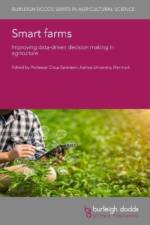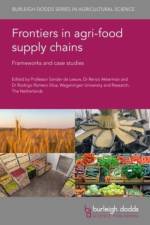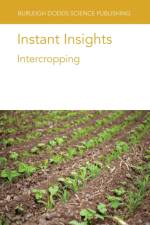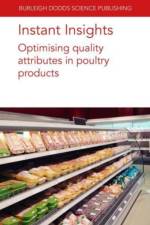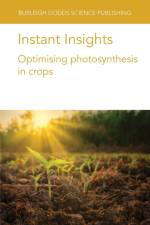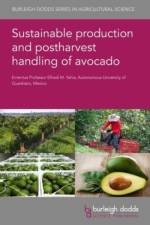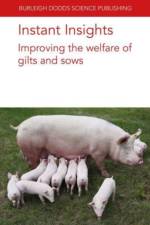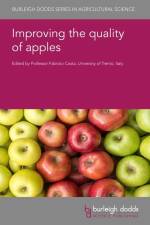av Prof Elhadi M. (Universidad Autonoma de Queretaro) Yahia
2 471
Avocado is one of the world's most economically important subtropical/tropical fruit crops, ranking fourth in export value behind bananas, grapes and apples. In the past 20 years, global avocado production has increased dramatically, with production now occurring in over 70 countries as a result of increased consumer demand.This growth in production and consumer demand has been attributed to the fruit's remarkable sensory, nutritional and nutraceutical properties. However, continued growth of the sector depends on optimising these properties, as well as improving the sustainability of pre-harvest cultivation and post-processing operations in the face of several challenges, including climate change.Built on a lifetime's experience from one of the world's leading experts in the field, Sustainable production and postharvest handling of avocado considers how the avocado value chain can be optimised to achieve this growth. The book includes seven chapters which each offer a detailed insight into different elements of avocado production, covering topics such as nutritional compounds and health benefits, cultivars, growing techniques, pest and disease management, as well as post-harvest physiology and treatment and handling.Written by a world-renowned expert, Sustainable production and postharvest handling of avocado will be a standard reference for commercial avocado growers, producers, processors and retailers, university and other researchers in tropical fruit science, as well as government and other private sector agencies supporting the sustainable production of avocados.


